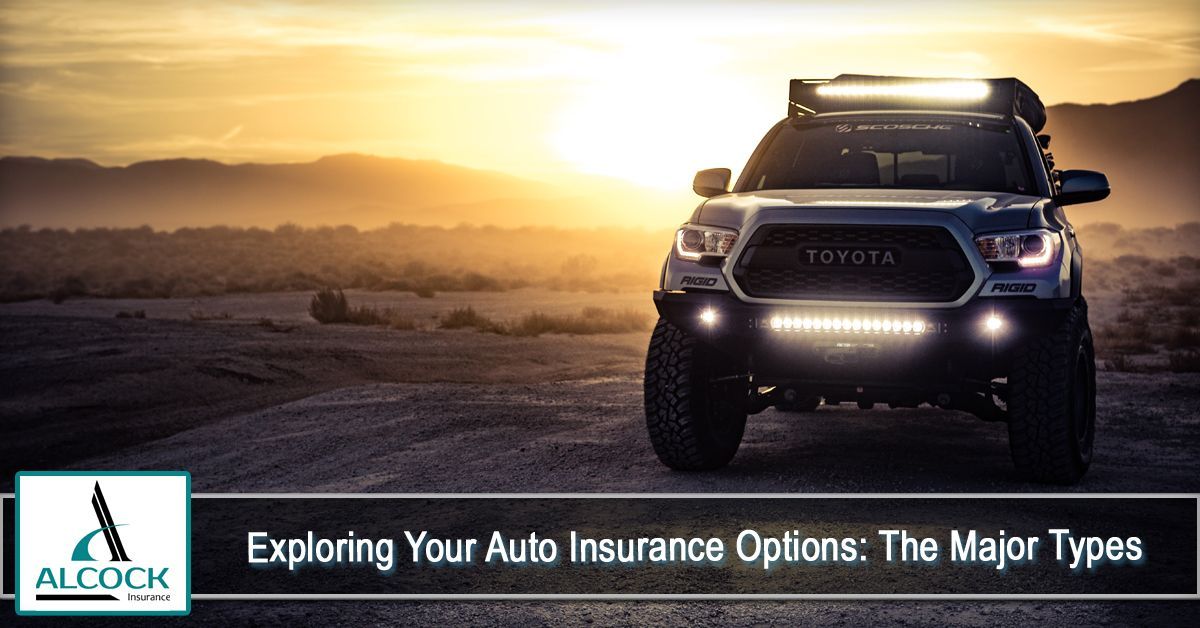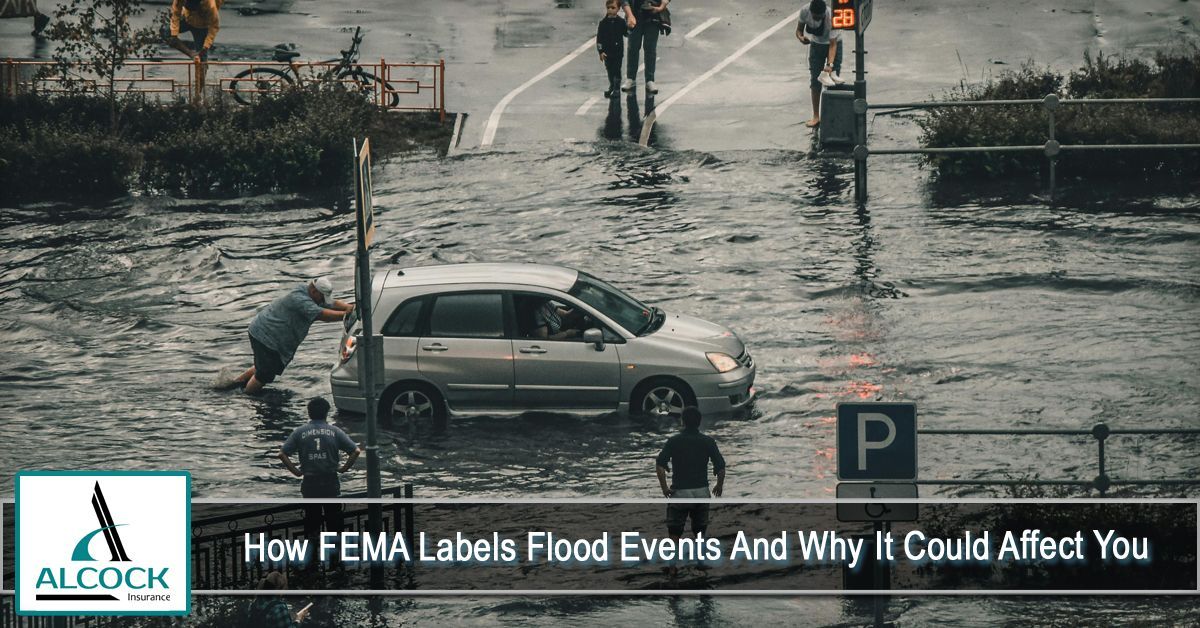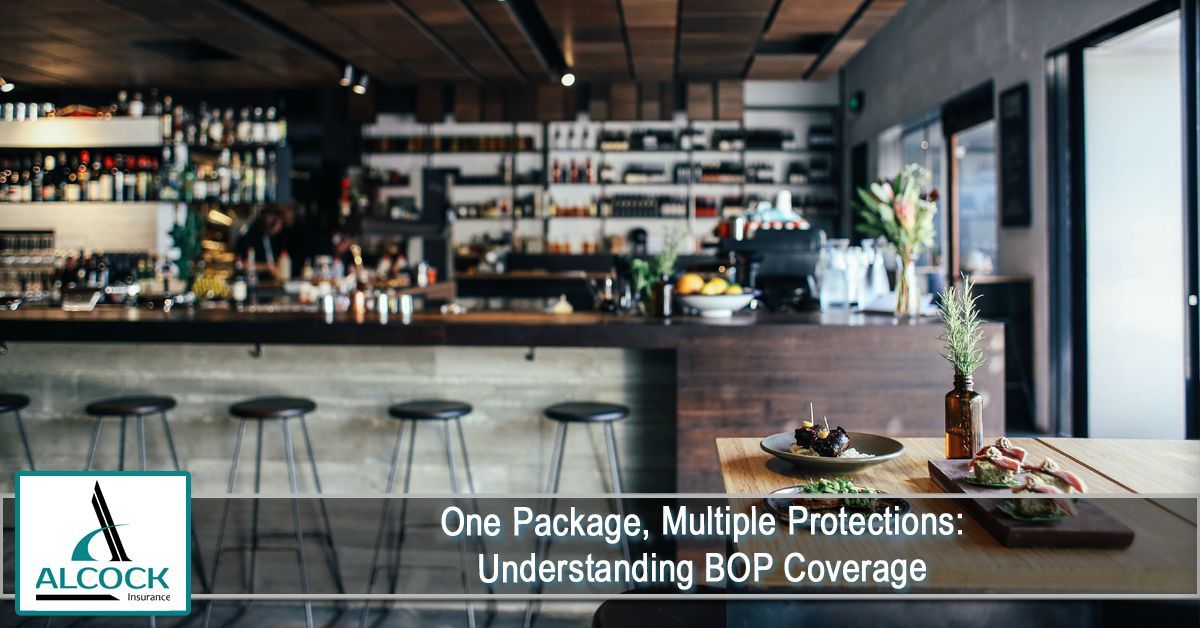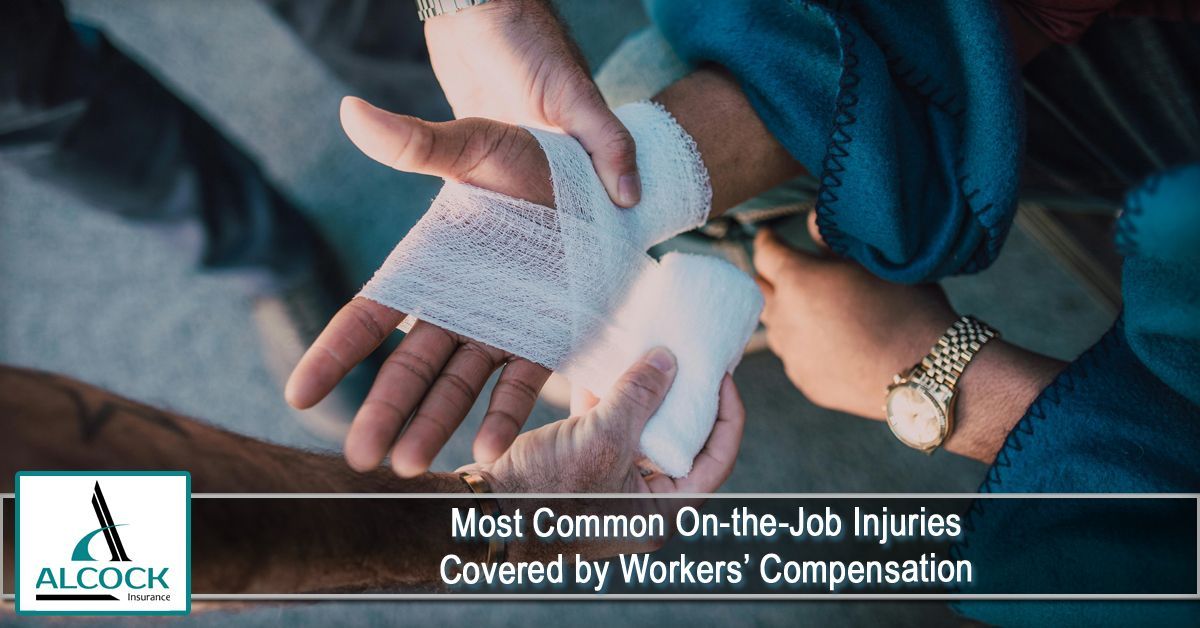
Auto insurance isn’t just a legal requirement—it’s a financial safety net that protects you, your passengers, and your vehicle. But with so many coverage types available, it can be overwhelming to figure out what you really need. Understanding the major types of auto insurance can help you make smarter choices and build a policy that fits your budget and lifestyle.
1. Liability Coverage (Required in Most States)
- What it covers:
Pays for injuries and property damage you cause to others in an accident.
- Why it matters: Protects you from lawsuits and financial responsibility for damages.
- Note: Does not cover your own vehicle or medical costs.
2. Collision Coverage
- What it covers: Repairs or replaces your vehicle if it’s damaged in a collision with another vehicle or object (like a tree or fence).
- Why it matters: Helps protect your investment in your car, especially if it’s newer or financed.
3. Comprehensive Coverage
- What it covers:
Non-collision damages such as theft, vandalism, fire, hail, floods, or animal strikes.
- Why it matters: Provides broad protection for unpredictable events outside of accidents.
4. Personal Injury Protection (PIP) / Medical Payments (MedPay)
- What it covers:
Medical expenses for you and your passengers after an accident, regardless of fault.
- Why it matters:
Helps cover hospital bills, rehabilitation, and sometimes lost wages.
- Note: PIP is mandatory in some “no-fault” states, while MedPay is optional in others.
5. Uninsured/Underinsured Motorist Coverage (UM/UIM)
- What it covers:
Protects you if you’re hit by a driver with no insurance or insufficient coverage.
- Why it matters: Without it, you could be left paying for damages and medical costs out of pocket.
6. Gap Insurance
- What it covers: Pays the difference between your car’s actual cash value and what you still owe on your auto loan if the vehicle is totaled.
- Why it matters: Especially important for new cars that depreciate quickly.
7. Optional Add-Ons
Depending on your insurer, you can also add:
- Roadside Assistance – Covers towing, flat tires, or lockouts.
- Rental Reimbursement – Pays for a rental car while your vehicle is being repaired.
- Custom Equipment Coverage – Protects aftermarket parts like sound systems or specialty rims.
Tips for Choosing the Right Coverage
- Check Your State Minimums – Liability coverage is legally required, but minimums may not be enough to fully protect you.
- Evaluate Your Car’s Value – Collision and comprehensive may not be worth the cost for older cars.
- Think About Your Lifestyle – Do you commute daily? Drive long distances? Carry passengers often? Adjust coverage accordingly.
- Balance Premiums and Deductibles – Higher deductibles lower premiums but increase your out-of-pocket costs in a claim.
Conclusion
Auto insurance isn’t one-size-fits-all. From basic liability coverage to comprehensive protection and add-ons, you have options to tailor a plan that fits your needs and budget.
The takeaway: Take time to understand the major types of auto insurance, compare policies, and choose coverage that offers both affordability and peace of mind on the road.
At Alcock Insurance, we are committed to offering our clients a wide range of comprehensive and affordable insurance policies. We go above and beyond to ensure that we meet your unique needs with tailored solutions. To find out more about how we can assist you, please reach out to our agency at (252) 353-1700 or CLICK HERE to request a free, no-obligation quote.
Disclaimer: The content provided in this blog is for informational purposes only and should not be considered professional advice. For personalized guidance, it is important to consult with a qualified insurance agent or professional. They can offer expert advice tailored to your individual situation and help you make well-informed decisions about your insurance coverage.









